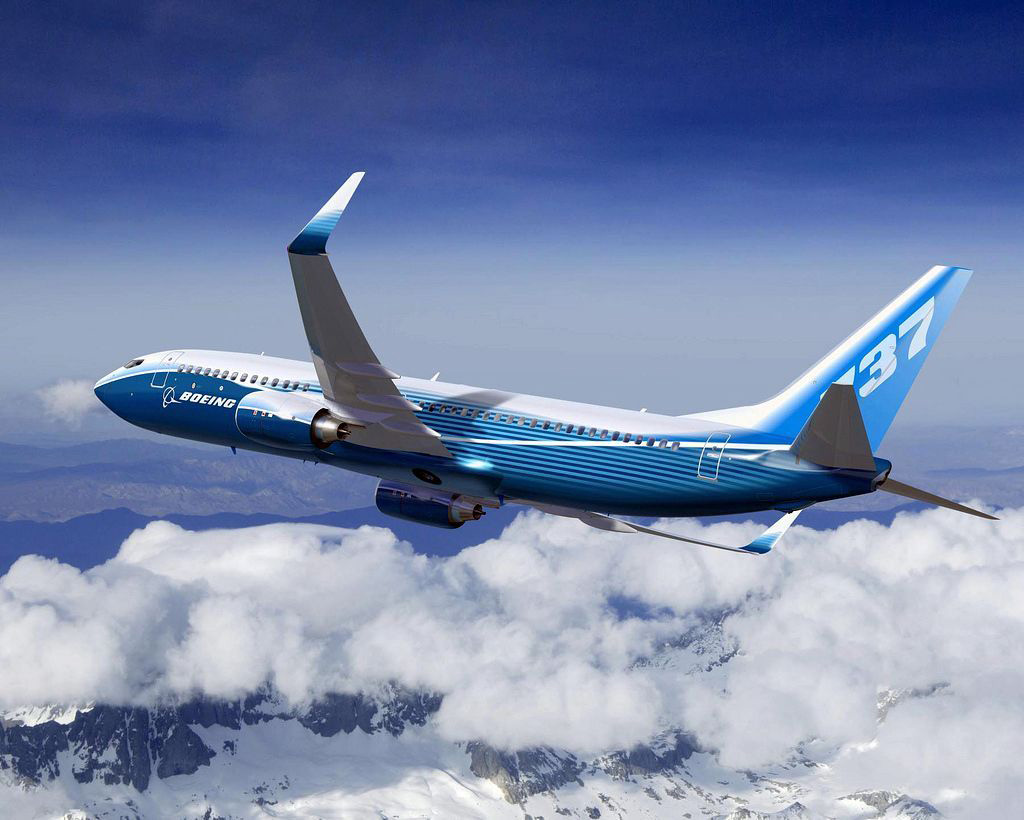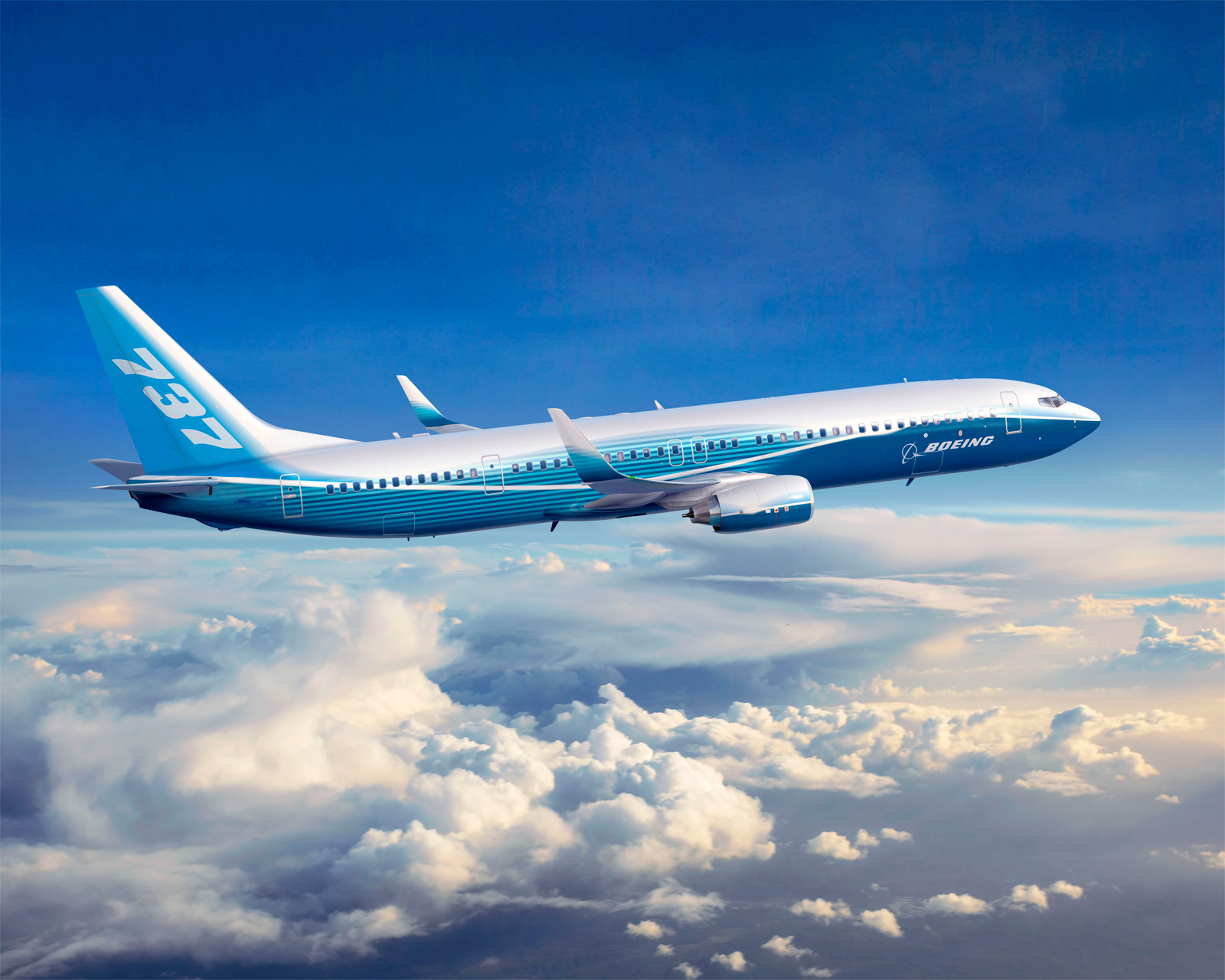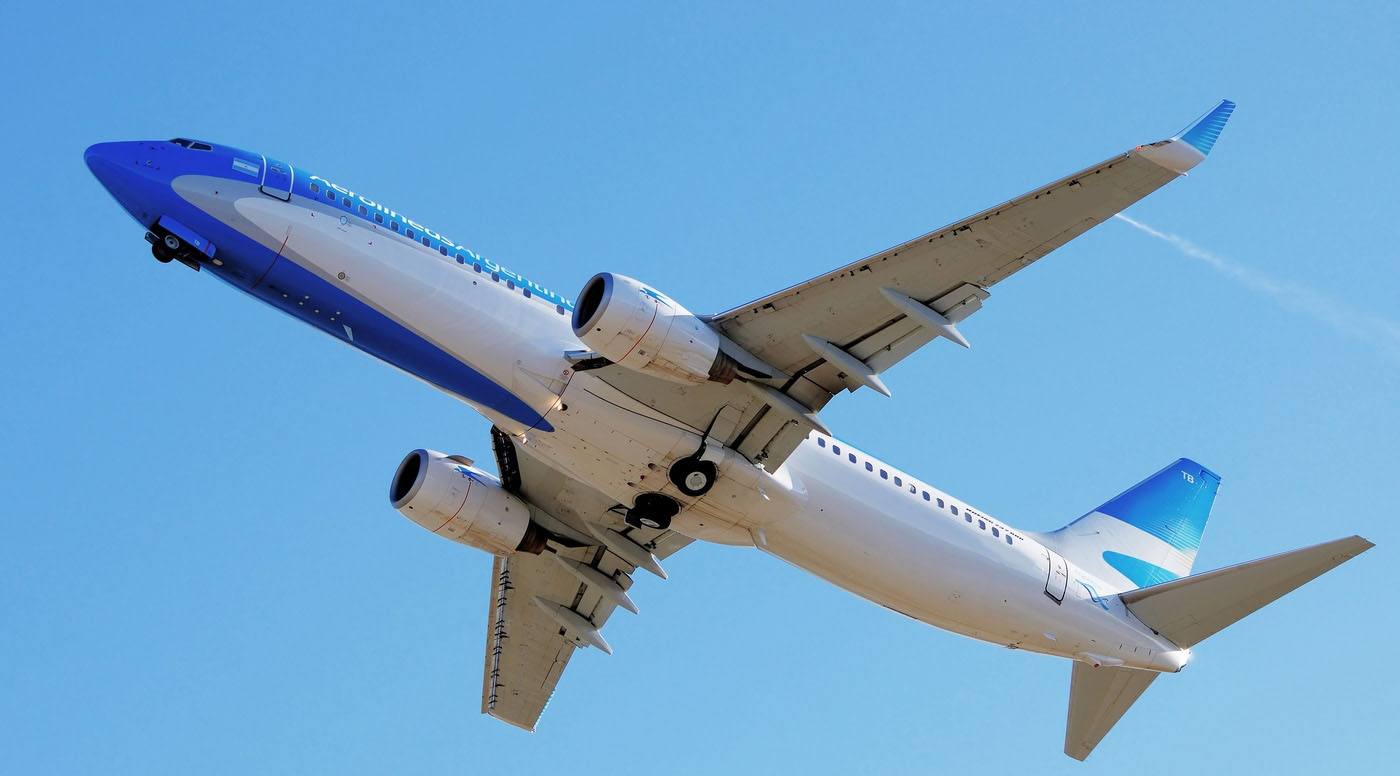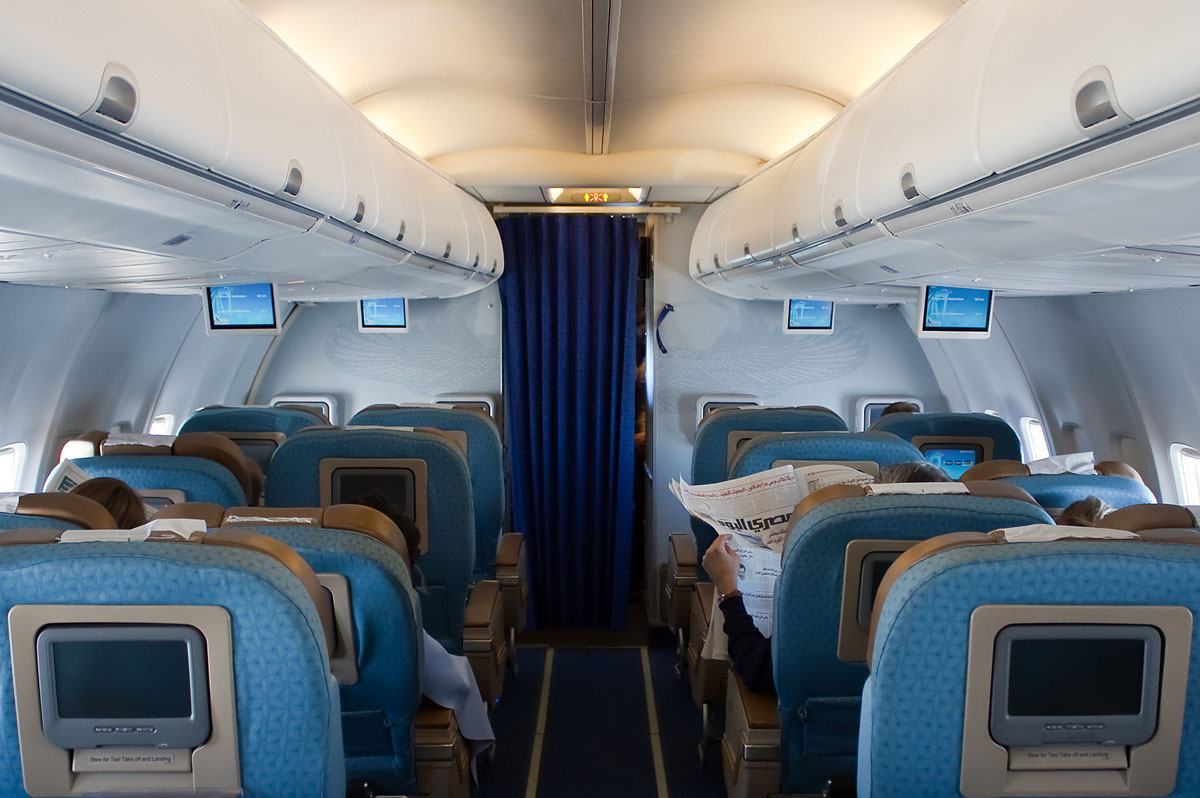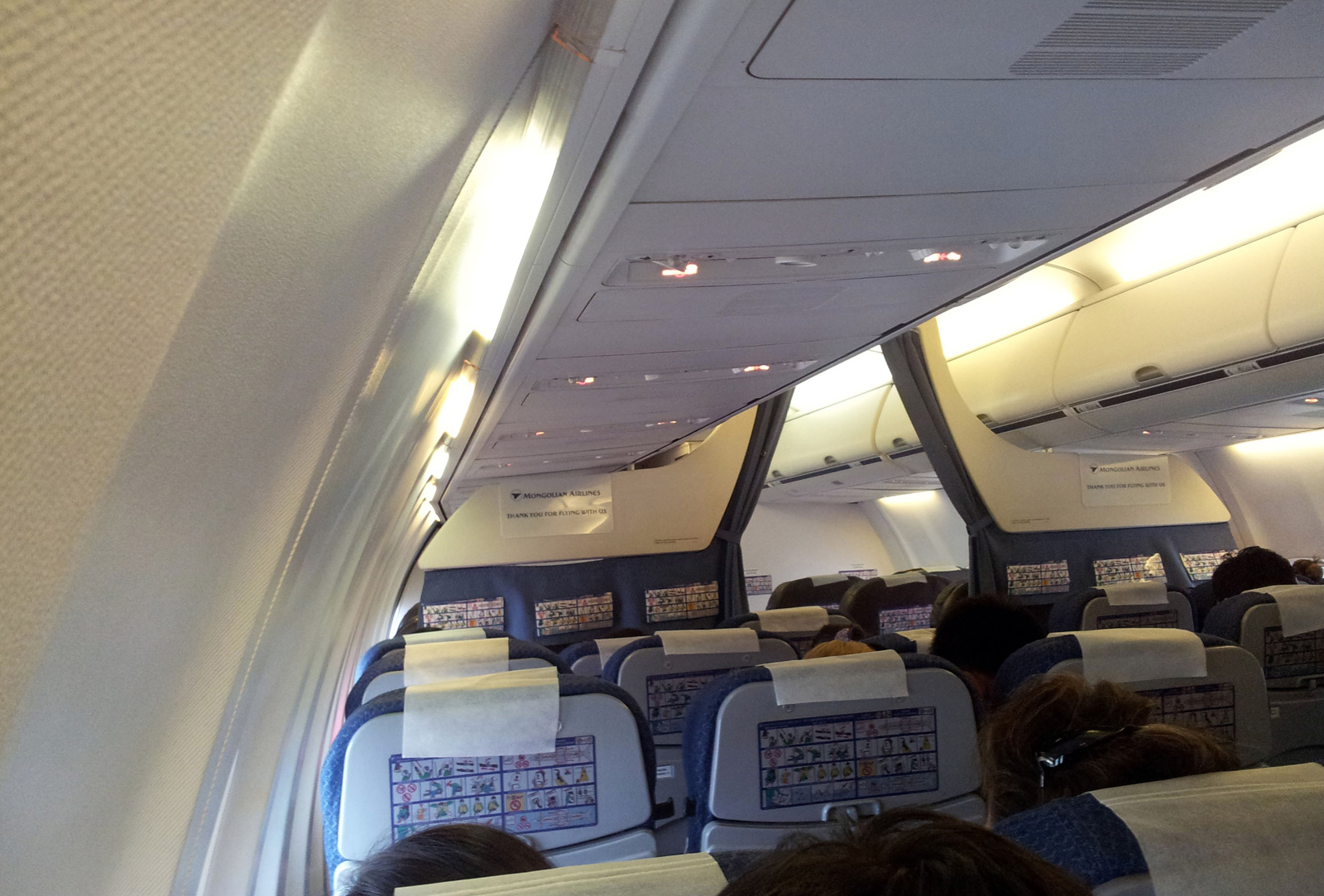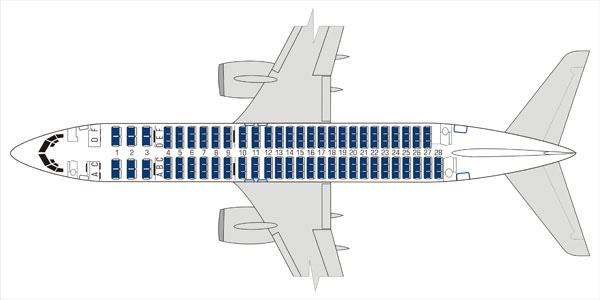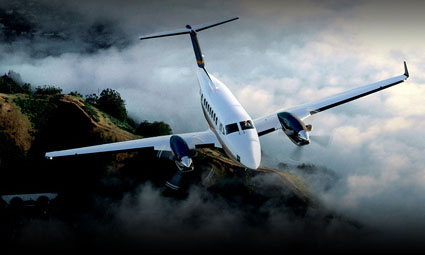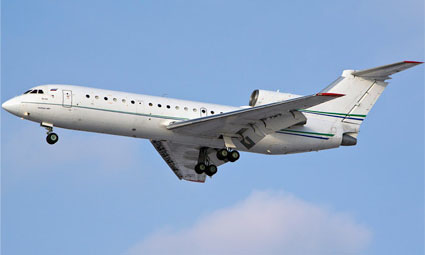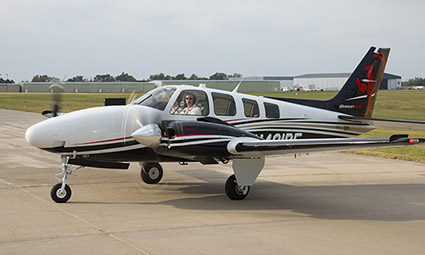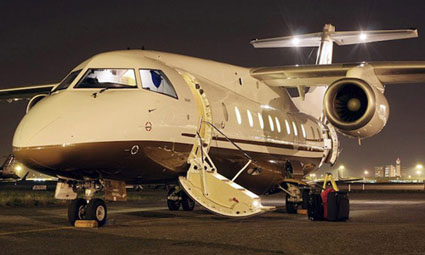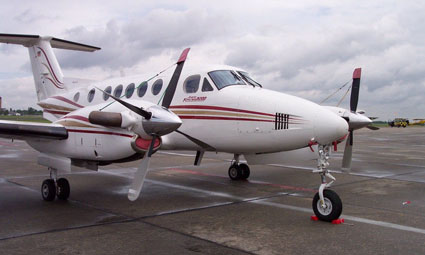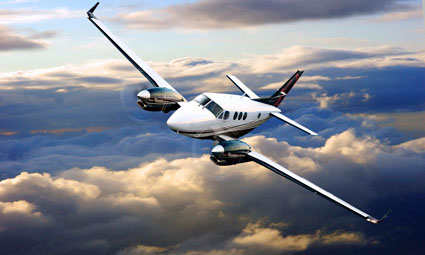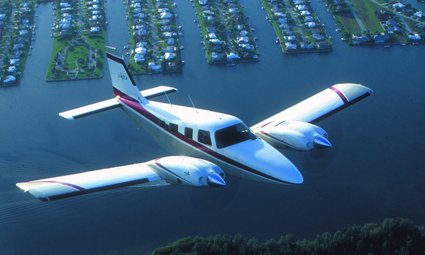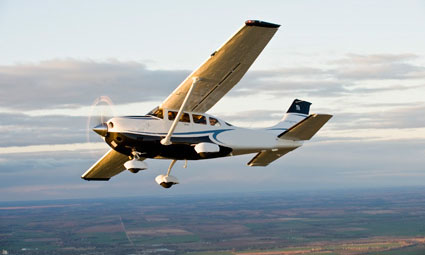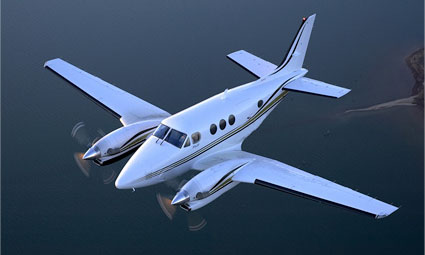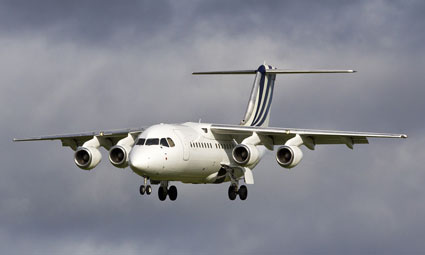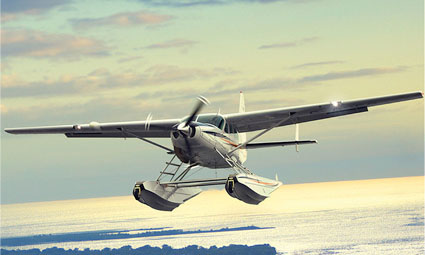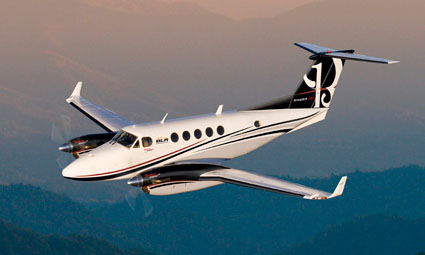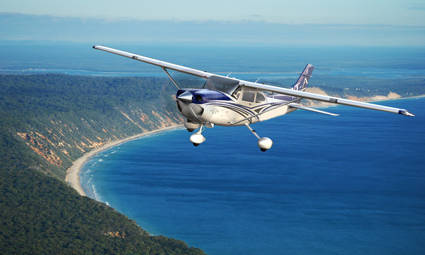The Boeing 737-800 is the best-selling version of the successful Next-Generation 737 family. Known for its reliability, fuel efficiency and economical performance, the 737-800 is selected by leading carriers throughout the world because it provides operators the flexibility to serve a wide range of markets. The single-aisle jet, which can seat between 162 to 189 passengers, can fly 260 nautical miles farther and consume 7 percent less fuel while carrying 12 more passengers than the competing model. The 737-800 was launched on Sept. 5, 1994, with commitments from customers for more than 40 airplanes. The first delivery was to German carrier Hapag-Lloyd in spring 1998. On March 13, 1998, the 737-800 earned type certification from the U.S. Federal Aviation Administration. JAA type validation of the 737-800 followed on April 9, 1998. The 737-800, along with the other models of the Next-Generation 737 family (737-600, 737-700 and 737-900ER), offers a modern flight deck using the latest large flat-panel-display technology. Airlines can choose to provide their flight crews with either the latest display format, common with the 777, or opt for data format commonality with earlier 737 models.
